Encompassing approximately 745 square kilometres, OntarioŌĆÖs Lake Simcoe is the fourth-largest lake wholly in the province and an important and popular recreational area.
ItŌĆÖs also a lake under threat.
The threats are both ŌĆ£local and global,ŌĆØ says Rob Baldwin, chief administrative officer for the Lake Simcoe Region Conservation Authority.
By local, he is referring to the flow of chloride and nutrients into the lake, plus the influx of invasive species. The authority has been working for several decades to tackle those hazards and has some control over them.
In more recent years the authority has also had to contend with global threats brought on by climate change. There is considerable close-up evidence those global patterns are having a severely detrimental impact on the lake, says Baldwin.
Those indicators include wild sporadic storms, in which an inch of rain may fall in an hour in some sections of the Lake Simcoe watershed, while other areas receive no rain. Another is an increased lack of ice cover.
ŌĆ£At one time the lake would be frozen from early December until end of March. Now, the ice appears in January and recedes by mid-March. Sometimes, itŌĆÖs only the lakeŌĆÖs smaller bays which completely freeze over,ŌĆØ he explains.
With diminished ice cover, more and larger waves are whipped up and that, in turn, creates shoreline erosion.
The sun can also penetrate deeper into the water, warming it up at lower levels and leaving the lake vulnerable to algae and weed growth, says Baldwin.
As part of its mission as the lakeŌĆÖs steward, the authority has undertaken numerous restoration projects with its municipal partners over the decades.
For example, more than 90 projects have been funded since 2004 to mitigate the impact of stormwater runoff by providing infiltration and filtration through projects like stormwater pond retrofits, low impact development and rain gardens, he says.┬Ā
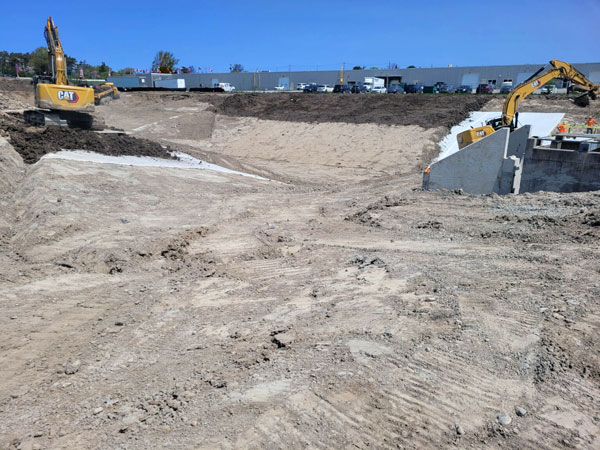
Using bioengineering techniques, the authority has also enhanced streambanks to protect them from flooding and erosion which helps stem the flow of sediment into the lake. Such projects also improve habitat for aquatic and terrestrial species, says Baldwin.┬Ā┬Ā
In the endeavour to reduce stormwater runoff, a critical initiative is the ŌĆ£front-end focusŌĆØ or upfront planning with developers in the early stages of their projects. The goal is to plan and design onsite stormwater management control systems that can be incorporated into their projects as they are being built.
Rather than being directed straight into storm drains, such systems allow runoff to naturally infiltrate into the ground, says Baldwin.
ŌĆ£The authority has the most stringent stormwater management criteria in Ontario,ŌĆØ notes its development, engineering and restoration manager, Glenn MacMillan.
Sometimes, though, there are extenuating site conditions or circumstances where developers canŌĆÖt meet those criteria. In those cases, they are assessed an ŌĆ£offsettingŌĆØ levy or fee.
ŌĆ£We bank those monies and use it to finance projects in other areas of the watershed.ŌĆØ
One such project was the Currie Street Stormwater Management Facility Project in Barrie. Undertaken in partnership with that city, the authority has named it the number one project of 10 top restoration projects in 2023.
Designed by Aquafor Beech Limited and constructed by R&M Construction, the project was the total transformation of a dry pond to a wet one to provide additional flood control and improved water quality.
The project included the planting of 141 trees, 894 shrubs and 650 shallow water plants. Also part of the project was the improvement and extension of the local Sophia Creek.
Serving a catchment area of more than 80 hectares, the upgraded facility improves the water quality flowing through it.
There is an estimated phosphorus reduction of 68.12 kilograms/year, compared to 10.81 kilograms/year when it functioned as a dry pond, says MacMillan.
Although it might not be high profile or generate a lot of publicity, another endeavour by the authority to preserve the lake is a series of ongoing studies on carbon sequestration.
This is a natural process, as vegetation absorbs carbon dioxide from the atmosphere, says watershed plans and strategies manager Bill Thompson.
ŌĆ£So our restoration projects introduce trees, shrubs and plants to counterbalance some of the carbon released in the watershed.ŌĆØ
A detailed accounting of carbon sequestration by vegetation type from both authority and municipal projects will enable municipalities to subtract that amount of carbon removed and help them get closer to the goal of net-zero emissions, he says.


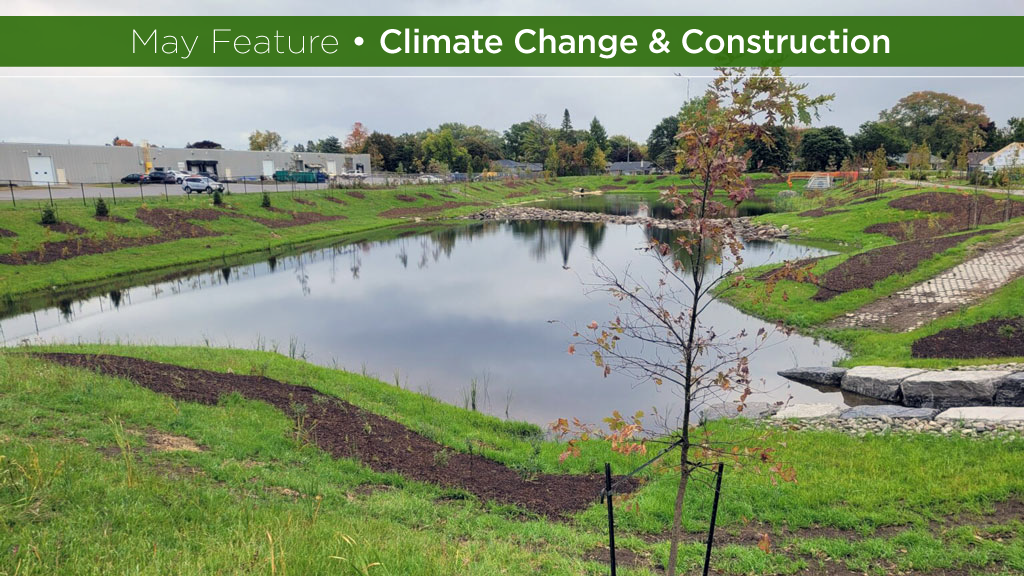
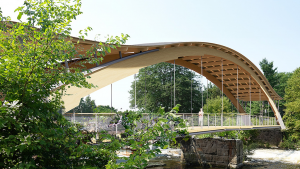
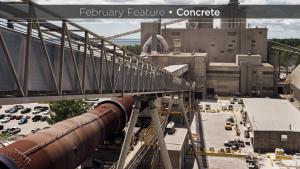

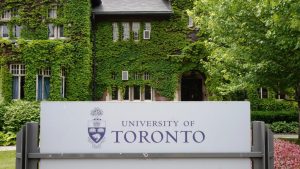




Recent Comments
comments for this post are closed